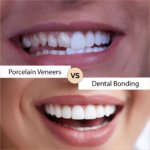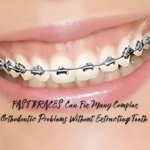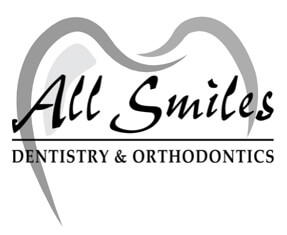
October 17, 2024
Brushing and flossing are the basics, sure—but your eating habits matter just as much when it comes to your teeth. Certain foods, including some that seem healthy, can quietly cause wear and tear over time. That doesn’t mean you need to cut them out completely. You just need to know what to watch out for and how to handle them.
Below, we’ll go over five common foods that can impact your oral health and offer easy ways to keep your teeth in better shape.
Oranges, lemons, and grapefruits are healthy due to their vitamin C, but they’re also very acidic. Eating them a lot can cause this acid to damage the enamel that guards your teeth.
The impact:
The acid briefly softens your enamel, making it more likely to erode, especially if you brush soon after.
Tips to help:
Gummies, caramels, and toffees aren’t just sweet; they stick around on your teeth much longer than other treats. This gives the bacteria in your mouth, which love sugar, more time to eat and create harmful acid.
Why this is important:
It’s not just the sugar content; it’s how long the candy stays stuck to your teeth that really raises your chances of getting cavities.
What can help:
Sodas, energy drinks, sweetened teas, even some sparkling waters—they all contain either sugar, acid, or both. That combination is rough on teeth.
What’s the issue:
Sugar feeds harmful bacteria, and acid weakens enamel. The longer you sip, the more exposure your teeth get.
What helps:
Gummy bears, caramels, and other sticky candies aren’t just sweet; they cling to your teeth. This gives the tiny bugs in your mouth more time to munch on the sugar and make acid.
The real issue:
It’s not just the amount of sugar. It’s the time that sugar stays clinging to your teeth that really increases the chance of getting cavities.
Helpful tips:
Dried fruits like raisins, dates, and apricots may sound like a healthy snack, but they’re concentrated in sugar and often just as sticky as candy.
What’s going on:
These fruits stick to your teeth, and the natural sugars feed bacteria just like added sugars would.
What helps:
Not all foods are harmful—some actually help support good oral health. Including the right foods in your diet can help protect enamel and reduce plaque buildup.
Tooth-friendly options include:
Cheese: Helps balance your mouth’s pH and protects enamel
Leafy greens: Provide minerals like calcium and folate
Crunchy veggies (like carrots or celery): Help clean teeth as you chew
Yogurt (plain): Rich in calcium and contains probiotics
Water (especially fluoridated): Keeps the mouth clean and fights acid
You don’t need to fear your favorite snacks or give up the occasional soda. But being more aware of how certain foods affect your teeth—and knowing what to do afterward—can make a big difference over time.
Dental health isn’t just about brushing twice a day. It’s also about the little choices in between—what you eat, how often you snack, and whether you rinse or floss. Those small habits add up.
Stick to the basics: limit sugary and acidic foods, drink plenty of water, and keep up with your regular dental visits. Your smile will thank you for it, now and years from now.
Yes! Foods like cheese, leafy greens, and crunchy vegetables can be beneficial for your teeth. Cheese, for instance, raises the pH in your mouth, lowering acid levels, while vegetables can help scrub plaque away.
Limit sugary and acidic foods, rinse with water after meals, and focus on whole foods rich in calcium and vitamins to support healthy teeth.
While enamel can’t regenerate, you can prevent further damage by practicing good oral hygiene, eating a balanced diet, and visiting your dentist regularly.
Water is the best choice, especially if it’s fluoridated. Milk is also beneficial for your teeth because it’s rich in calcium.


Dental Filling or Dental Crown: How to Decide What Your Tooth Needs





The Hidden Risks of Medical Tourism in Dentistry
| M | T | W | T | F | S | S |
|---|---|---|---|---|---|---|
| 1 | 2 | 3 | 4 | 5 | ||
| 6 | 7 | 8 | 9 | 10 | 11 | 12 |
| 13 | 14 | 15 | 16 | 17 | 18 | 19 |
| 20 | 21 | 22 | 23 | 24 | 25 | 26 |
| 27 | 28 | 29 | 30 | 31 | ||

